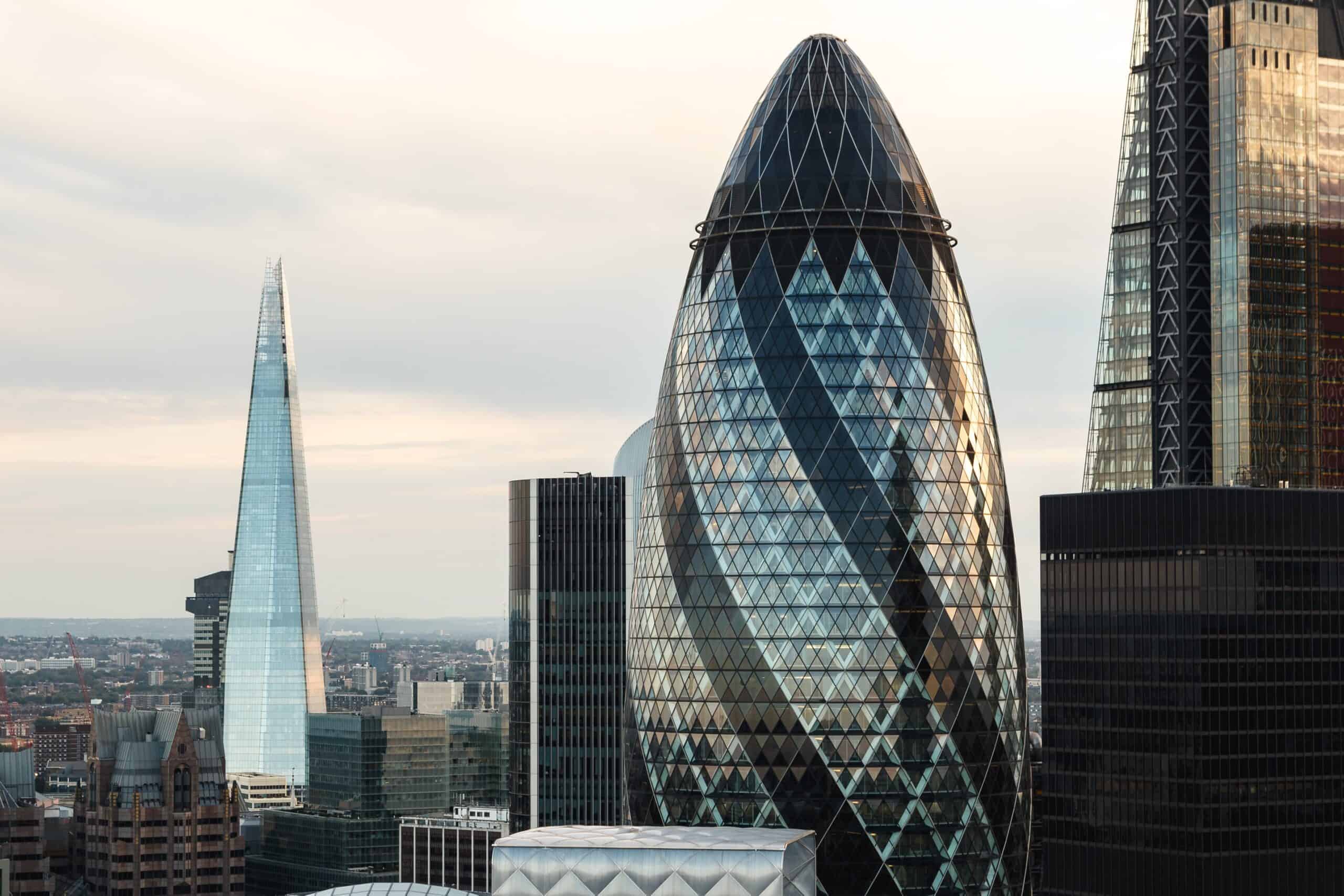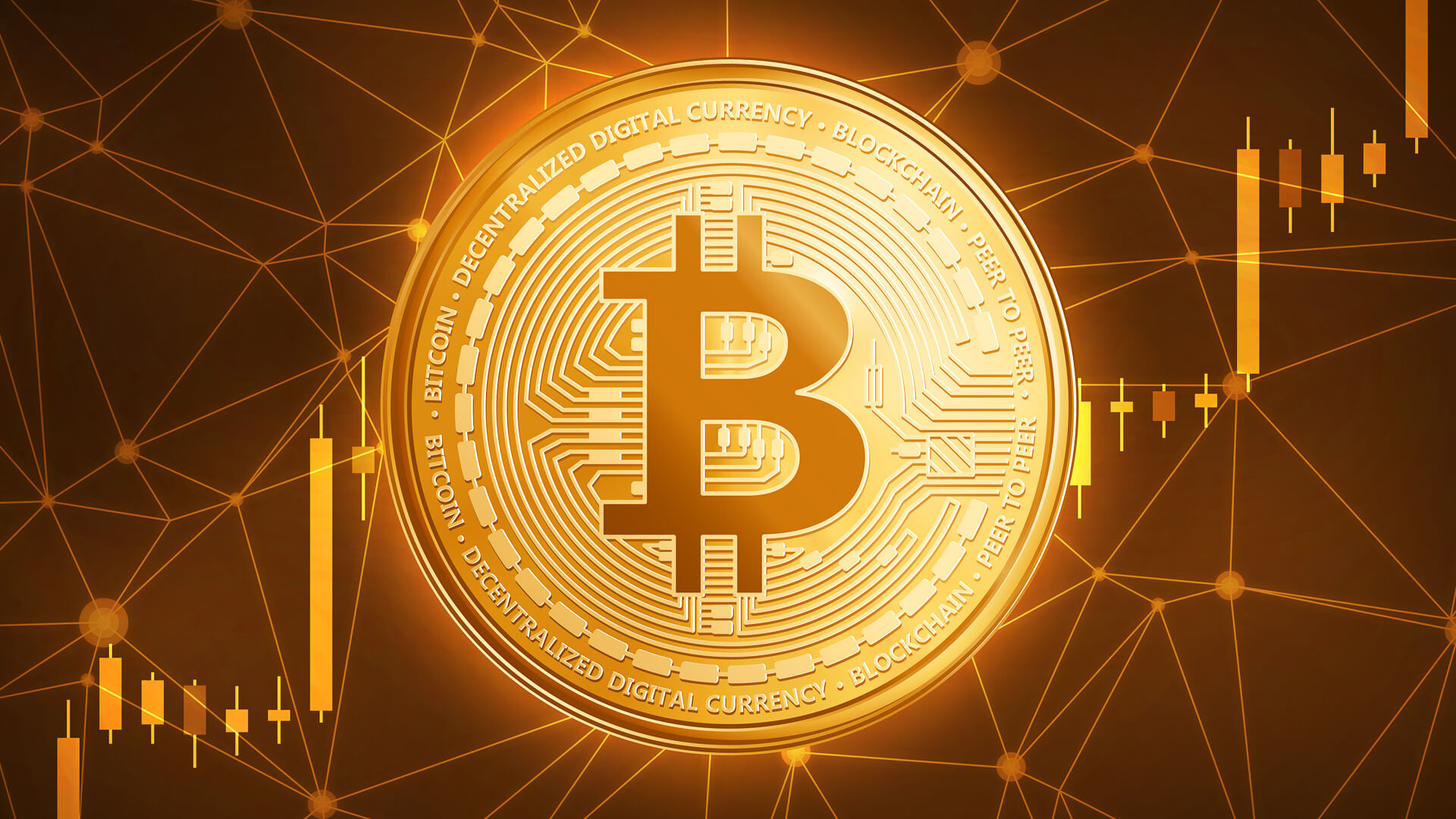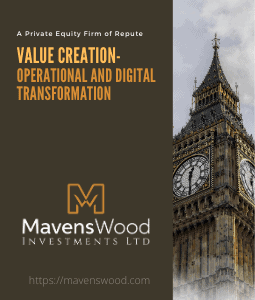Venture capital has enjoyed a compound annual growth rate of 17% for the past five years and is projected to reach $1 trillion, making up then about one-third the combined PE and VC assets globally.
However, this type of growth is not coming without challenges and disruptions as the startup ecosystem has changed significantly in recent years, with a lot more financing available. For several reasons, many incubators and accelerators are losing access to a good deal-flow. Critics say they all tend to offer the same commoditized program that brings little value to the companies and can&’t attract the best projects as there are other financing options for the entrepreneurs. New types of startup generators (pre-team, pre-idea) like Demium and Antler are coming forward with a new approach creating deal flow from the beginning. So, instead of competing for the deal flow, they build it internally through elaborate programs and are then able to own and then to commit to their startups so that they can perform better.
According to a large benchmark study, 92% of startups fail within the first three years. Of those who failed, 74% failed due to premature scaling, meaning spending money on marketing, hiring, etc., before you found and excecute a working business model (this Roundtable also discusses 14 factors that have been found to determine success or failure of a startup.) Meanwhile, Demium, for example, has built 81 companies from scratch with a 71% survival rate, meaning that after three years they are still alive. The mission is to create a new approach and asset class or category in the industry and also institutionalizing entrepreneurship as a career path for a wide range of people.
Private equity ripe for Vanguard-style disruption while investments in sustainable technologies become mainstream
PE is also increasingly important, but for wider participation, the asset class requires innovation on how to access it beyond the current playbook. Crowdfunding platforms could become the new private stock exchanges, and fractional ownership offered through blockchain a major game changer.
Tokenization will become a key component in finance, although flows and investments in digital assets/crypto/blockchain projects are still slow It&’s a new asset class, so most investors are still struggling to understand the space which broadly is divided between token investments based on decentralized protocols and projects, and equity investments where VCs and other investors invest in companies supplying services and infrastructure to the blockchain industry.
One of the biggest excitements in sustainability is how over the past ten years technology has been coming through from the private markets to the big capital markets and thus scaling up in size and significance to enormous, previously unthinkable levels. Ten years ago, offshore wind was barely growth capital in private equity, and now it has transitioned and matured going to mainstream infrastructure development, and further to a yielding asset class. This trajectory of maturation and penetration is now reaching other technologies as well.
The Opalesque 2019 European Private Equity & Venture Capital Roundtable, sponsored by WTS Global, took place in London with:
- Robert Welzel, WTS
- Jim Totty, PhD, CFA, Earth Capital
- Philip Cottier, PhD, L1 Digital
- Rupert Novis, Kinled Investments
- Gala Gil Amat, Demium Startups
- Lars Kvaalen, Antler
The group also discussed:
- Why starting a firm with your friend or college friend may not be the best idea (page 18). Where non-professional VC investors usually fail (page 9)
- Valuations and capital raising in VC/PE and blockchain technologies (page 22)
- Intelligent deal flow screening: Three filters can reduce deal flow from many hundreds a year down to a few tens (page 19). How to select crypto fund managers and blockchain projects (page 19, 24-26)
- Growth (page 14) and limits (page 16) of the secondary market. Co-Investments: Set-up, limits, and downsides (page 27-28)
- What does Brexit mean for the UK VC industry? How will changes in the economical changes affect VC? What is the value add of a venture capitalist? (page 20-28)
- Is Corporate Venture Capital (CVC) actually working? Who has the greatest risk in CVC? (page 21)
- Are fund structures necessary in the age of blockchain? (page 15)
- Three domains where Blockchain is already changing the lay of the land (page 12). Smart contracts for asset management (page 9)
- Outlook: How organoids, robotics, and machine learning are exponentially speeding up the rate of discovery in medicine (page 13). Why fintech and longevity excite family office investors. What&’s hot in sustainable VC and PE








